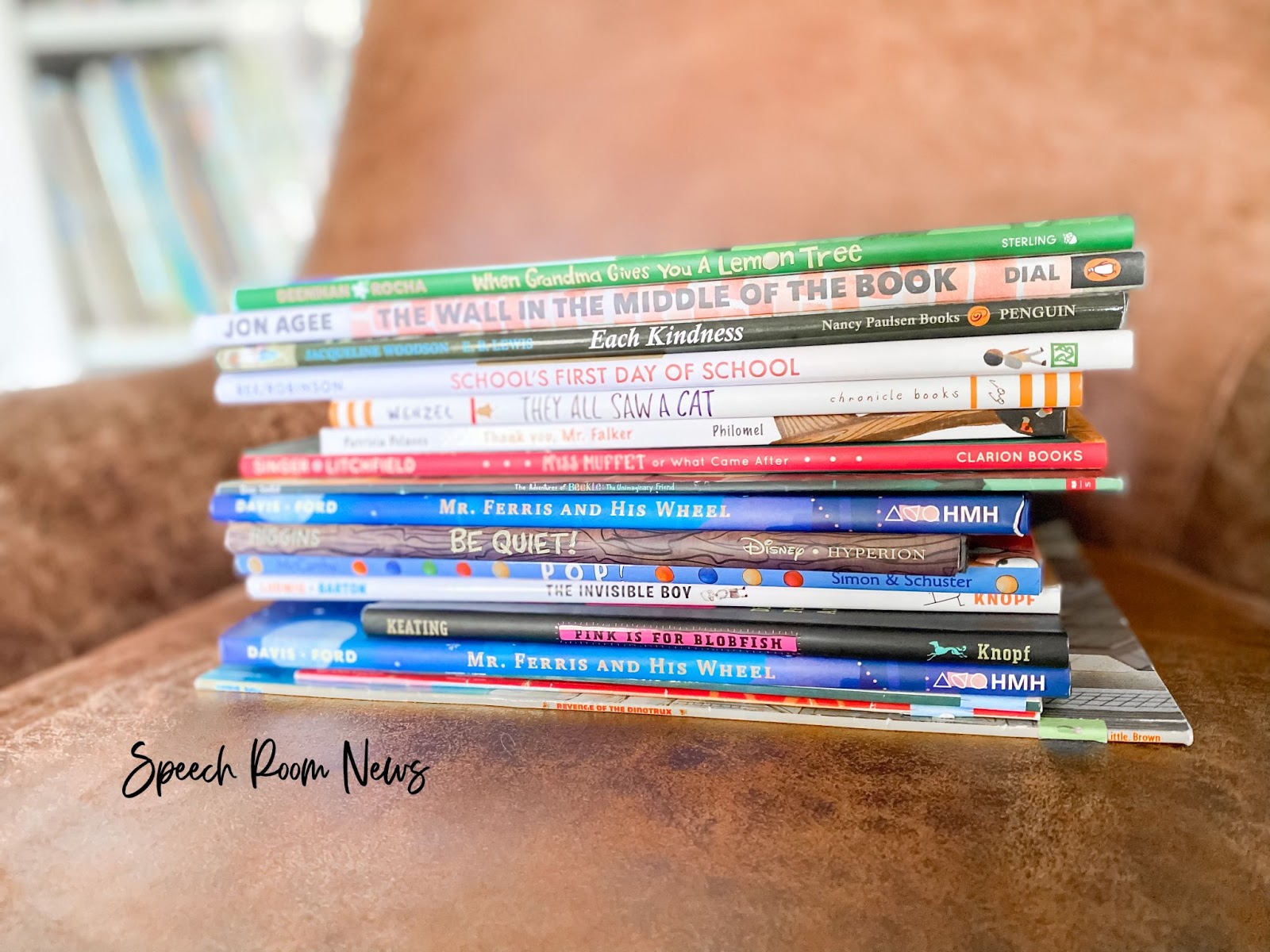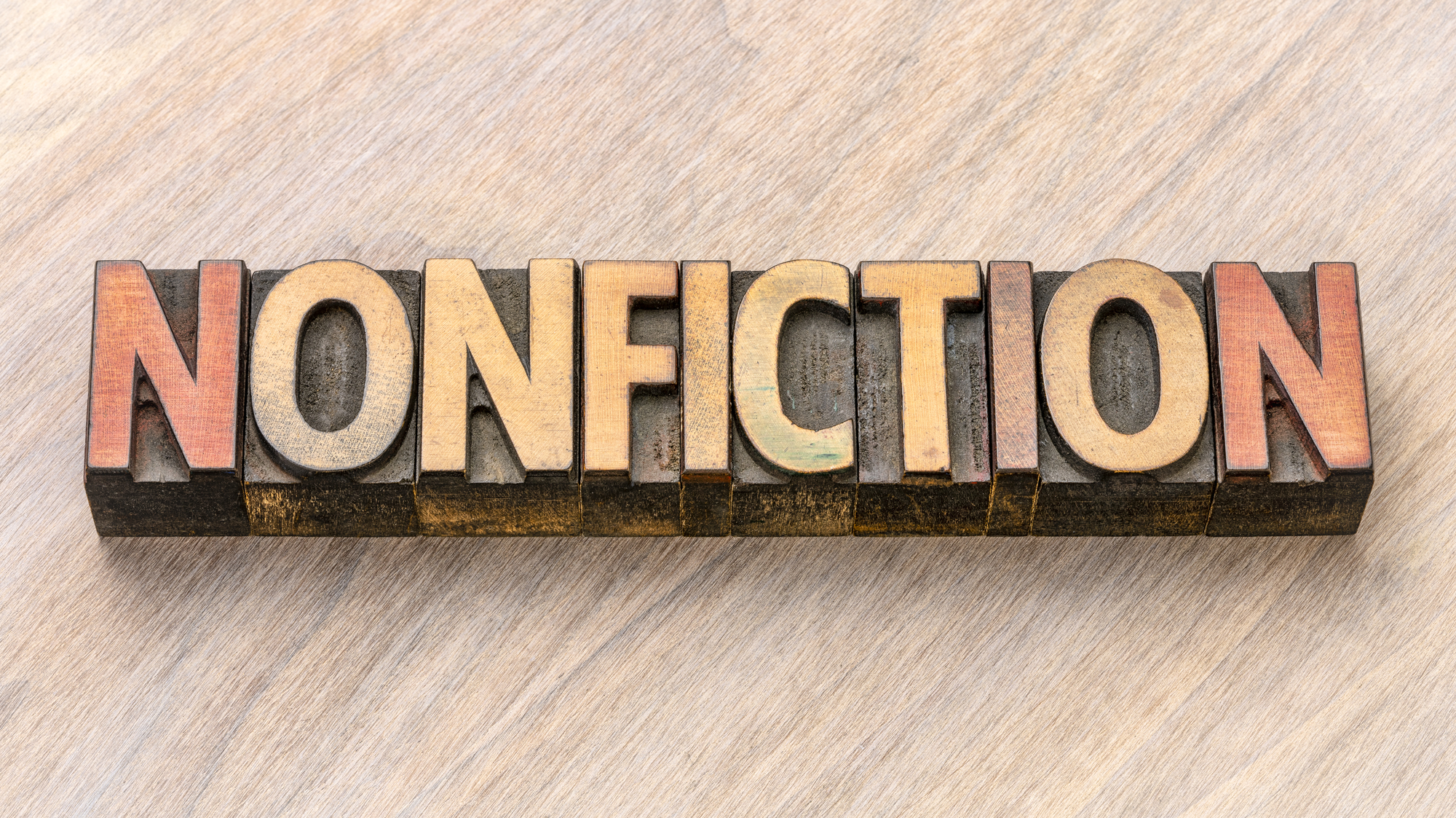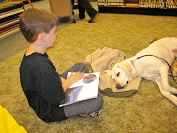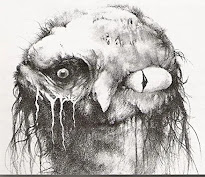Reading Reflection 2
 As this semester comes to an end, I completed the chapters in The Art of Storytelling and the articles assigned to us for this week. The quote, “A successful storytelling program requires careful planning, flexibility, and creativity” (Greene & Negro, 2010), reminds me of how I have to plan lessons for my fourth grade classroom. When I plan a lesson for my class I try and think about what activity can go with the standard I am teaching for that lesson. I also have to think of the age of my students during planning. For example, I don’t want to plan a lesson for fourth graders and try to teach it to a class of first graders.
As this semester comes to an end, I completed the chapters in The Art of Storytelling and the articles assigned to us for this week. The quote, “A successful storytelling program requires careful planning, flexibility, and creativity” (Greene & Negro, 2010), reminds me of how I have to plan lessons for my fourth grade classroom. When I plan a lesson for my class I try and think about what activity can go with the standard I am teaching for that lesson. I also have to think of the age of my students during planning. For example, I don’t want to plan a lesson for fourth graders and try to teach it to a class of first graders.
After completing the MLIS program and become a future librarian, planning will include more than just lesson planning for the different grades. I would like to have a makerspace, a place students can work on multimedia projects, maybe have a book club meeting, checking books in/out, a possible whole group lesson and other ideas I have found on other blogs too. All of these different spaces/centers will need me to plan for each one. The planning for these will be different across each space/center.
Flexibility is also a big component of planning a lesson/story time. If something suddenly comes up or there is a sudden change needed, as a teacher I know I have to be able to have a backup of what I can teach at that time. When I become a school librarian I know that this method will apply there too.
Below I found two videos that I found helpful,a video on How to Plan a Storytime in a library and How to Tell Better Stories: Tips from a Professional Storyteller, A Librarian. I found both of these videos insightful for me as a future librarian.
One of the articles for this week that I really enjoyed was Books, Children, Dogs, Artists: Library Programs for the Entire Family. The “Paws to Read” program is for children to read to dogs. The program “‘Paws to Read’ is to create a comfortable, relaxed setting in which a child reads aloud to a non-judgmental canine companion.” (Haver, M.K., 2014). This is a great program, children can become more comfortable reading to others, even if it is a furry friend. If a child is uncomfortable an adult can sit and read with them, the adult will read and encourage the child to help and/or make sound effects. I love the idea of having a reading buddy that is a dog, that sounds like it would be so much fun!
I would also like to mention is how Susan K. S. Gringsby, the author of The Story Is More Important Than the Words mentions, “One point I made that really hit home was my belief that labeling or color coding lulls one into the false security that students can rely on a number like Lexile or AR levels for appropriateness.” I really like that she said this. I used to have my classroom library labeled by lexile levels. I did this because when I first came up to fourth grade from first grade I was told it would be easy for students to chose a book. However, a few years ago I found that my students would want to read a book below/above the level they were on. I realized that as long as my students wanted to read a book, they should be able to read it.
I decided to leave the books labeled in lexile levels and let them choose whichever book they wanted to read and not restrict them as readers. However, last year I decided to change my classroom library labels. I made genre labels and put the over the lexile letters stickers. My students this past year loved being able to choose whichever book they wanted and not worry about what their level was. If they wanted to read Harry Potter, they could, if they wanted to read Diary of a Wimpy Kid, they could, and many of them would read all different types of books.
————————————————————————————————————————————————

This week we had to read nonfiction picture books. Nonfiction books are books filled with facts. My students have really liked reading some nonfiction books about sports and animals this past year. I also read fantasy or science fiction books already for our final week of class. I have to say, fantasy and science fiction are some of my favorite genres to read.
 Nonfiction:
Nonfiction:
-Desert Dwellers by Janine Scott
-Trucks! by Will Mara
-Swing Sloth! by Susan B. Neuman
-George Washington by Caroline Crosson Gilpin
-Wolves by Laura Marsh
-Planets by Elizabeth Carney
-Volcanoes by Anne Schreiber
Fantasy:
-Where the Wild Things Are by Maurice Sendak
-The Lorax by Dr. Seuss
-Cloudy With a Chance of Meatballs by Judi Barrett
-The True Story of the Three Little Pigs by Jon Scieszka
Science Fiction:
-Baloney (Henry P) by Jon Scieszka
-Aliens Love Underpants by Claire Freedman
-Zathura by Chris Van Allsburg
——————————————————————————————————————————————————
Resources:
Greene, E., & Negro, J. D. (2010). Storytelling: Art and Technique (Fourth). Libraries Unlimited.
Grigsby, S.K.S. (2014). The Story Is More Important Than the Words: A Portrait of a Reader-Focused Library Program. Retrieved from BlackBoard.
harriscountypl. (2019, October 14). How to Tell Better Stories: Tips from a Professional Storyteller. Retrieved from https://www.youtube.com/watch?v=WBRajXra_w0.
Haver, M.K. (2014) Books, Children, Dogs, Artists: Library Programs for the Entire Family. Medical Reference Services Quarterly, 33:2, 211-217. Retrieved from: Intermountain Therapy Animals. Reading Education Assistance Dogs1: A Program of Intermountain Therapy Animals [Brochure]. August 12, 2009. http:// www.therapyanimals.org/Read_Team_Steps_files/R.E.A.D.%20Brochure.pdf.
Storytime Book Bytes. (2018, March 28). How to Plan a Storytime. Retrieved from YouTube https://www.youtube.com/watch?v=LOo98EyYbFM.





















